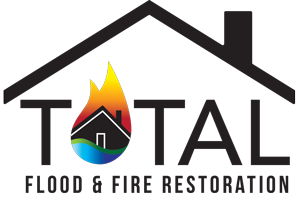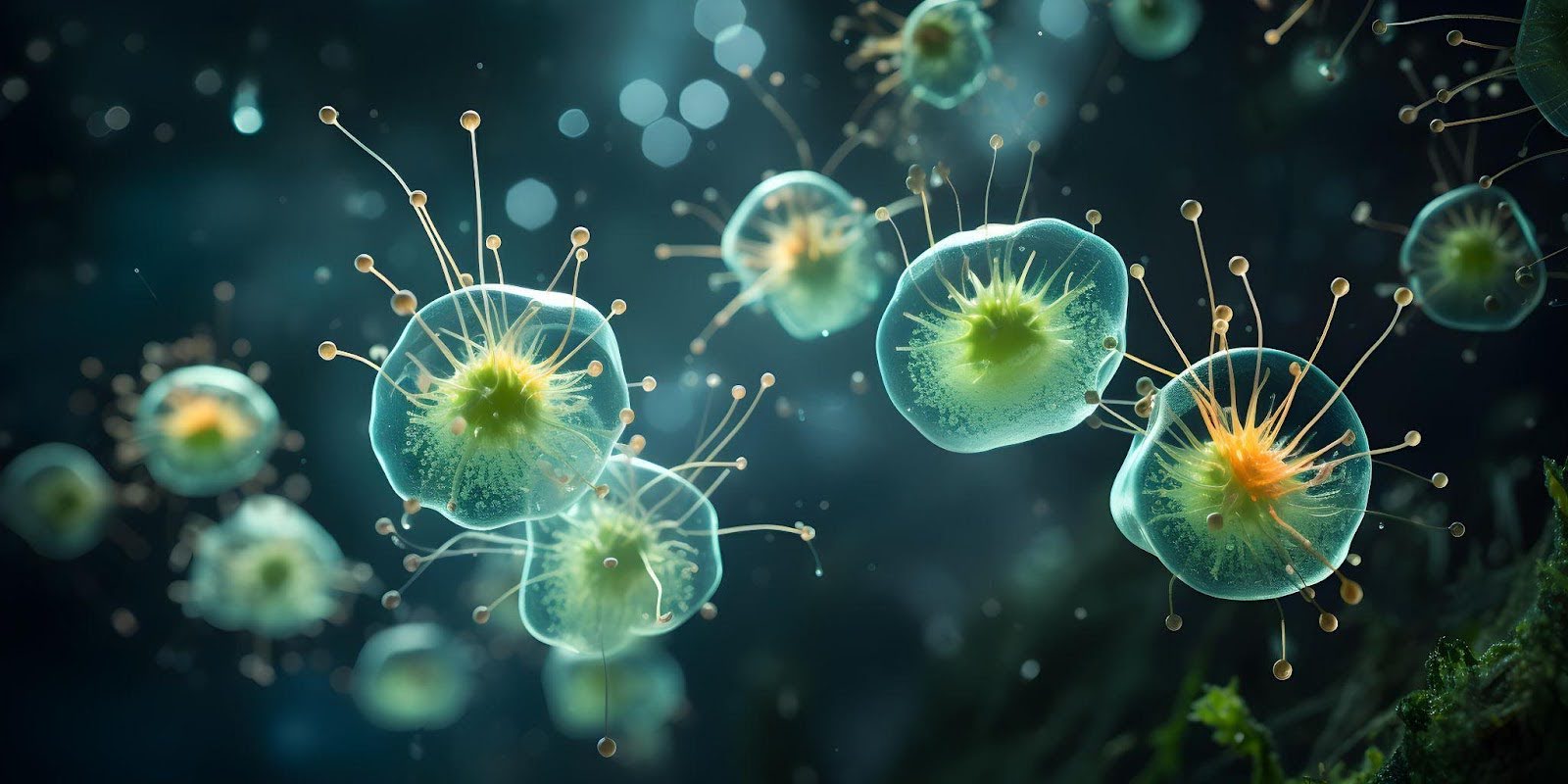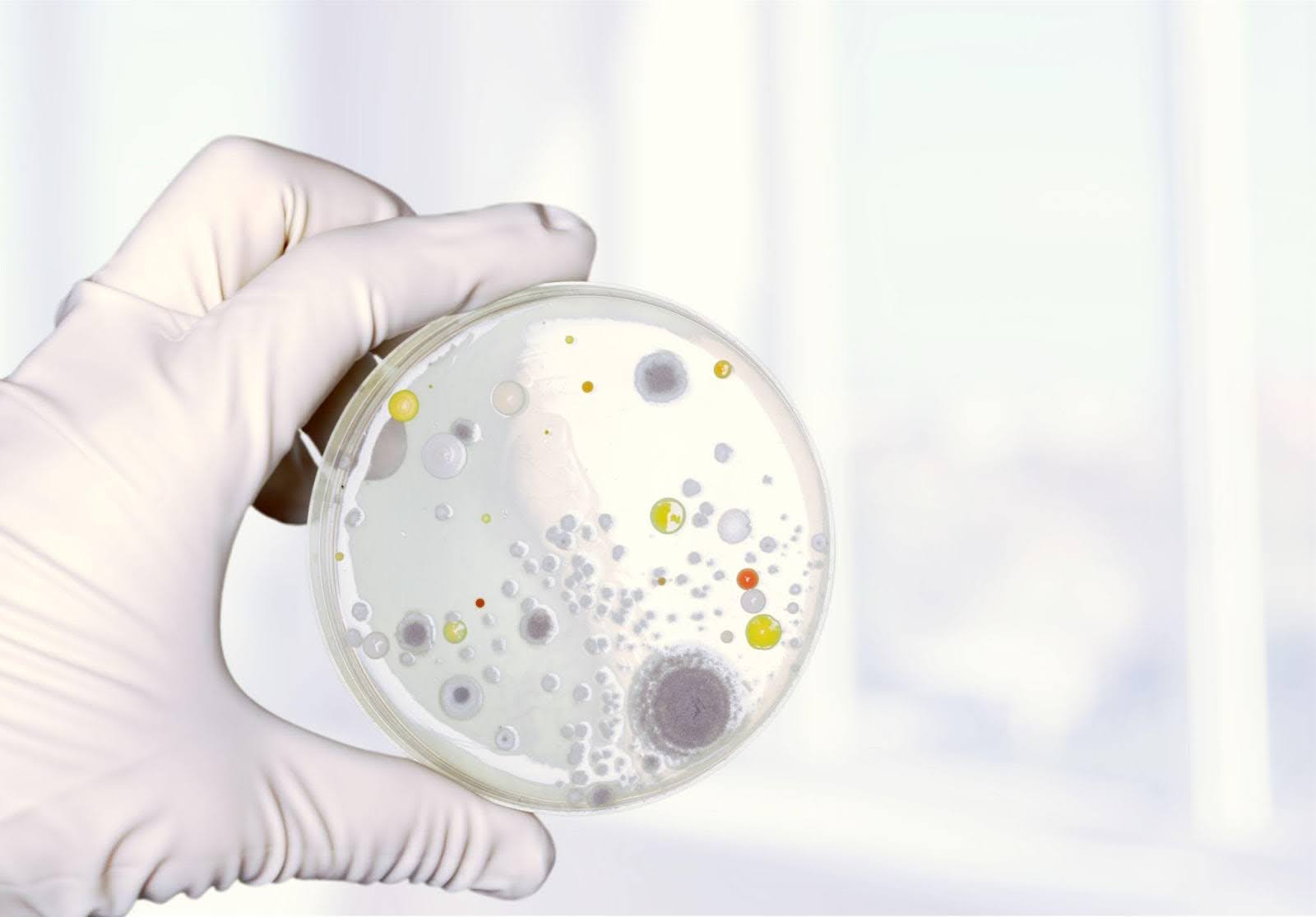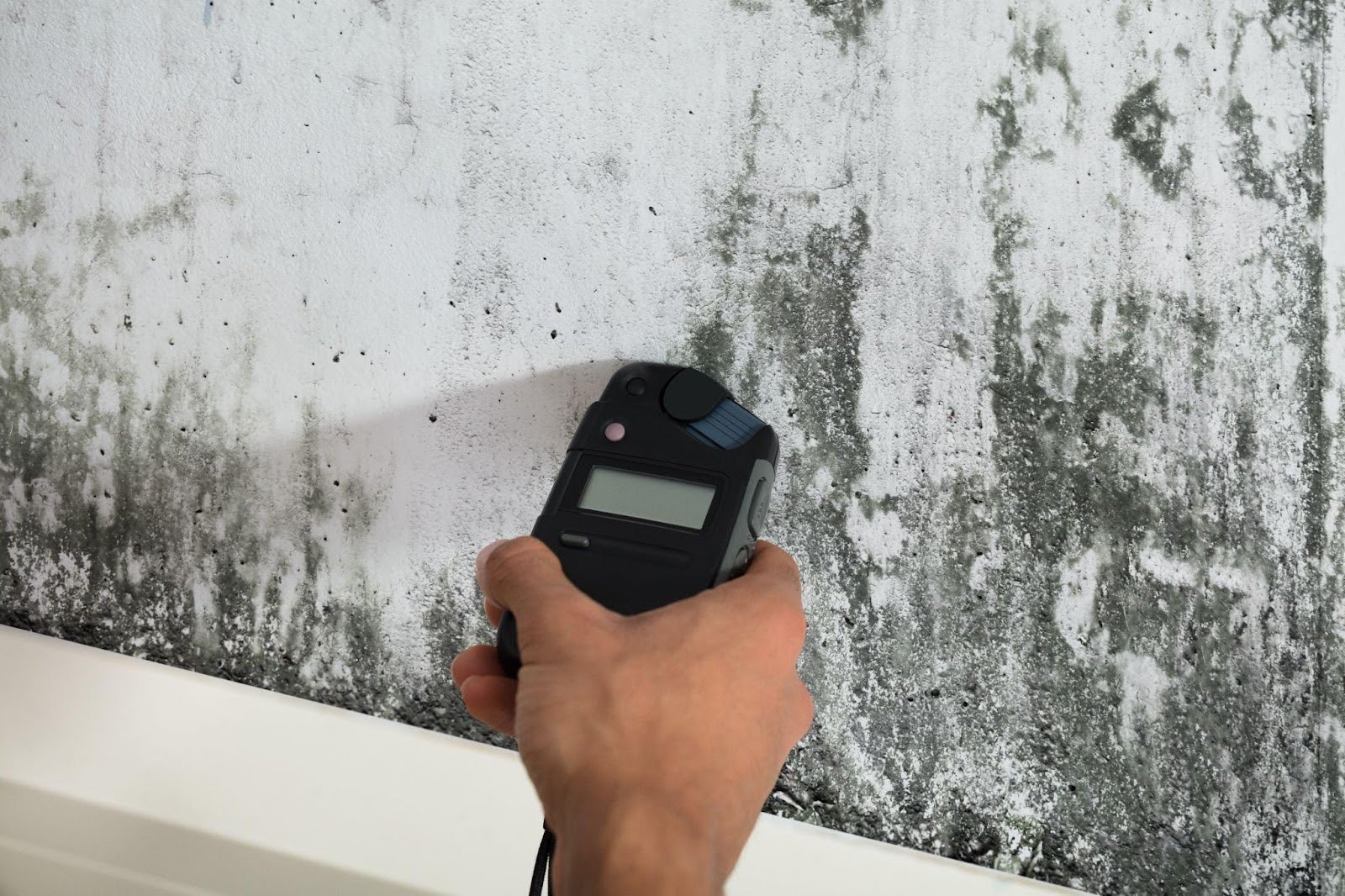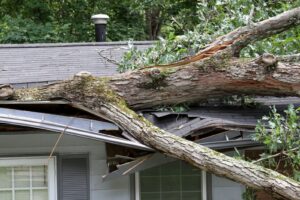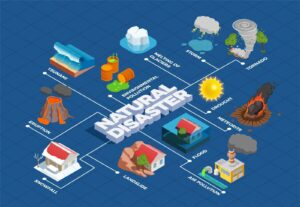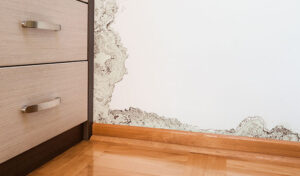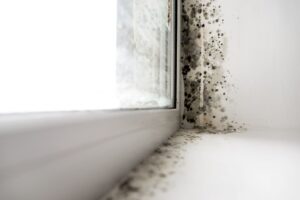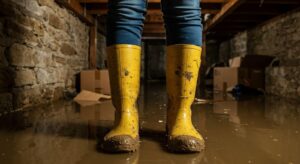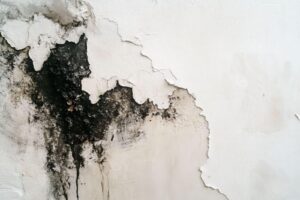Have you considered mold testing your home or work environment?
Mold becomes a serious problem when it grows in places you cannot see. It thrives in dark, damp, and poorly ventilated areas, making it especially dangerous after a flood, leak, or prolonged humidity. Most people do not realize mold has taken hold until symptoms appear or the damage spreads.
Mold spores float invisibly through the air, landing on surfaces where they wait for the right conditions to grow. As soon as moisture enters the picture, mold activates and begins to spread.
Spaces like basements, crawlspaces, attics, and behind walls offer the darkness and still air that mold needs to thrive. Without strong airflow or sunlight, these environments stay humid longer, allowing colonies to form quickly.
Water damage from leaks, burst pipes, roof problems, or flooding gives mold exactly what it needs. Even small drips behind cabinets or under flooring can introduce enough moisture for spores to grow. Insulation, drywall, carpet, and wood soak up water and keep it trapped, allowing mold to hide and multiply for weeks or months without notice.
Many people first detect hidden mold through health symptoms rather than sight or smell. Persistent coughing, sinus congestion, itchy eyes, skin irritation, or worsening asthma may point to airborne mold spores.
These symptoms often become more noticeable indoors or in specific rooms. If the air feels musty or if you notice a spike in allergy-like symptoms after water damage, hidden mold may be the cause.
By understanding how mold forms and recognizing early signs, you can take action before it becomes a larger issue. Mold testing and early detection protect your health and your property.
Common signs of hidden mold growth
Mold often hides behind walls or beneath surfaces, making it hard to spot until the damage is already significant. Recognizing early warning signs allows you to act quickly, preventing further contamination and protecting your health.
Musty odors that persist
A lingering musty or earthy smell, especially in enclosed or humid spaces, is one of the most common signs of hidden mold. If the odor remains after cleaning, mold may grow behind drywall, under flooring, or inside air ducts.
Unexplained discoloration or stains
Dark spots, yellowing, or gray patches on walls, ceilings, and floors can indicate moisture buildup and mold growth. These stains often appear in corners, near plumbing fixtures, or areas previously exposed to leaks.
Peeling paint and warped wood
Paint that bubbles, peels, or flakes may signal trapped moisture beneath the surface. Similarly, wood that appears warped, soft, or swollen likely absorbed water and could be harboring mold.
Worsening allergy or respiratory symptoms
Frequent coughing, sneezing, congestion, or skin irritation indoors may suggest mold exposure. These symptoms often worsen in certain rooms or after spending time in affected areas, especially for those with asthma or allergies.
History of water damage or plumbing issues
Past floods, roof leaks, burst pipes, or slow plumbing leaks leave behind the moisture that mold needs to thrive. Even if the damage was minor or repaired, leftover dampness in walls or subfloors can support mold long after the initial event.
Identifying these signs early gives you a better chance of containing mold before it spreads. If you notice more than one of these indicators, consider scheduling a professional mold inspection to confirm the extent of the issue.
What mold testing involves
Mold testing provides critical insight into what lies beneath the surface. Even when a space looks clean, spores may still be in the air or embedded in materials. Professional testing helps confirm the presence, type, and extent of mold, allowing for targeted mold remediation.
Visual inspection by a professional
A certified mold remediation specialist begins by inspecting the property for visible signs of mold growth. They look for discoloration, water stains, warped materials, and signs of moisture intrusion. They also ask about past leaks, musty odors, and health symptoms to guide the inspection.
Tools that detect hidden moisture
Professionals use specialized tools such as moisture meters, thermal imaging cameras, and borescopes to locate hidden dampness. These tools reveal moisture trapped behind walls, under floors, and inside ceilings that might otherwise go unnoticed. Identifying these areas helps stop mold at its source.
Air sampling for invisible spores
Mold spores often remain airborne long after the removal of visible growth. Air sampling captures particles from different rooms to measure spore concentration and determine whether levels exceed safe thresholds. This type of test can detect contamination even when no mold is visible.
Surface testing for mold identification
When mold appears on walls, floors, or other materials, technicians collect surface samples using swabs or tape lifts. These samples go to a lab for identification, helping determine the exact species and whether it poses a health risk. Knowing the mold type also guides the remediation process.
Lab analysis to confirm results
All air and surface samples are sent to a certified lab for analysis. The lab identifies the mold species, measures concentration levels, and provides a report with detailed findings. This information confirms whether the environment is safe or requires further mold remediation.
Types of mold testing methods
Mold testing helps reveal contamination that the naked eye cannot see. Professionals use various methods to detect and assess mold growth, each tailored to specific conditions. Understanding these testing types helps you choose the right solution for your property and health needs.
Air quality testing
Air sampling detects airborne mold spores that can affect breathing. Technicians collect air samples using pumps and cassettes placed in different rooms. These samples are then sent to a lab to identify the type and concentration of spores in your indoor environment. This method helps detect mold in hidden areas like HVAC systems or wall cavities.
Surface sampling
Surface tests identify mold growing on visible materials. Professionals use swabs or tape lifts to collect samples from areas like drywall, wood, tile, or carpet. These samples reveal which types of mold are present and whether the contamination is active. Surface sampling also verifies the success of previous cleanup efforts.
Bulk sampling
Bulk testing involves removing small pieces of materials — such as wallboard, insulation, or flooring — for lab analysis. This method confirms whether contamination has penetrated the material, especially when mold growth is suspected inside porous structures. It’s helpful when you need to understand how deeply mold has spread.
Culture testing
Culture testing grows collected mold spores in a lab under controlled conditions. This method allows for precise mold species identification and helps determine if the strain produces harmful toxins. Culture tests take longer to complete but provide valuable insight for serious health concerns or legal cases.
ERMI and HERTSMI testing
These advanced DNA-based testing methods use environmental sampling and polymerase chain reaction (PCR) to analyze dust samples.
ERMI (Environmental Relative Moldiness Index) and HERTSMI (Health Effects Roster of Type-Specific Formers of Mycotoxins and Inflammagens) offer detailed profiles of mold species known to affect indoor air quality and health. These tools are especially useful for people with chronic illnesses or heightened mold sensitivity.
When you need answers and a proven solution, turn to Total Flood and Fire Restoration
Our certified team specializes in mold testing, detection, and full remediation. We use advanced technology, follow strict safety protocols, and provide detailed reports you can trust. From the first inspection to final clearance, Total Flood and Fire Restoration helps restore safety and comfort to your home or business.
If you suspect hidden mold, don’t wait. Contact Total Flood and Fire Restoration today and schedule a professional evaluation. Your health, safety, and peace of mind are worth it.
